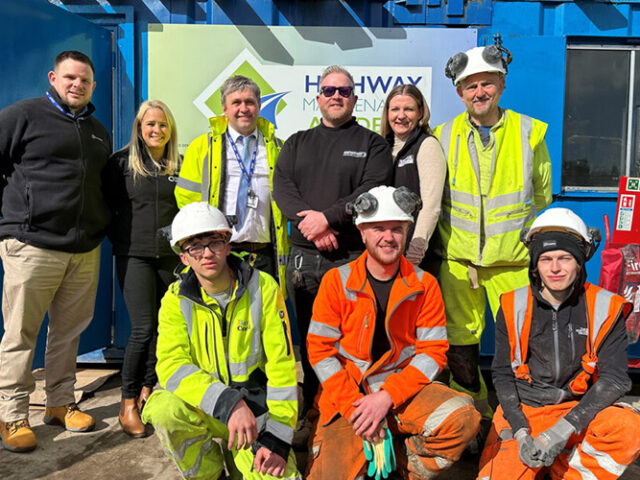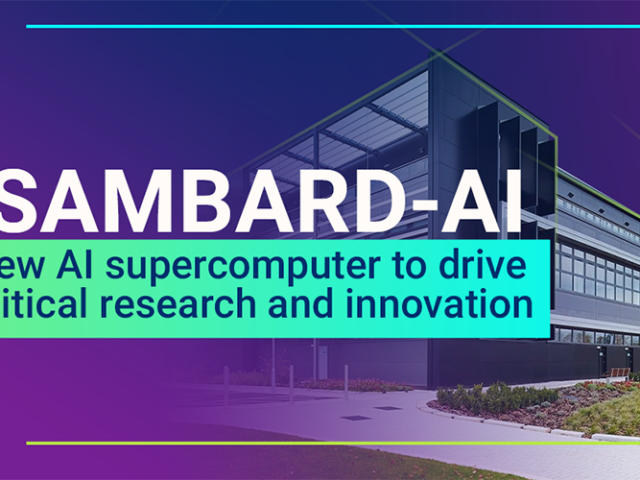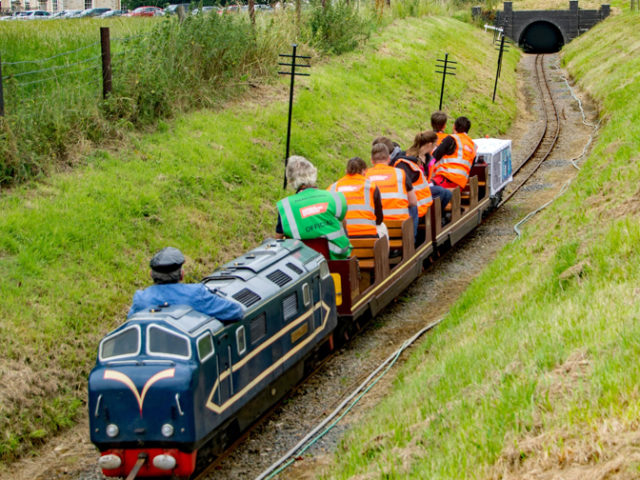Putting humans on another celestial body is among the most complex and noble pursuits society has ever undertaken, but it doesn’t come quickly or cheaply.
Imagine, then, the precise moment that all that effort and expense — everything — is riding on the success of a single split-second laser blast that starts the rocket engine. “It’s a decisive moment for the entire journey. If the laser fails, the entire mission, including the lives of the astronauts, will be lost,” says project director Gianluca Iaccarino, a professor of mechanical engineering and director of the Institute for Computational and Mathematical Engineering at Stanford. “We have to be as close to 100 percent certain of success as we can possibly be.”
So now, in a 5-year, $16.5 million effort funded by the U.S. Department of Energy through its National Nuclear Security Administration, researchers at Stanford Engineering, Purdue University and the University of Colorado at Boulder are seeking to deploy the most powerful computing capabilities in the world to study and predict the crucial outcome of that decisive moment.
Source: “Interdisciplinary team develops ‘exascale’ computing for spaceflight”, Andrew Myers, Stanford Engineering




